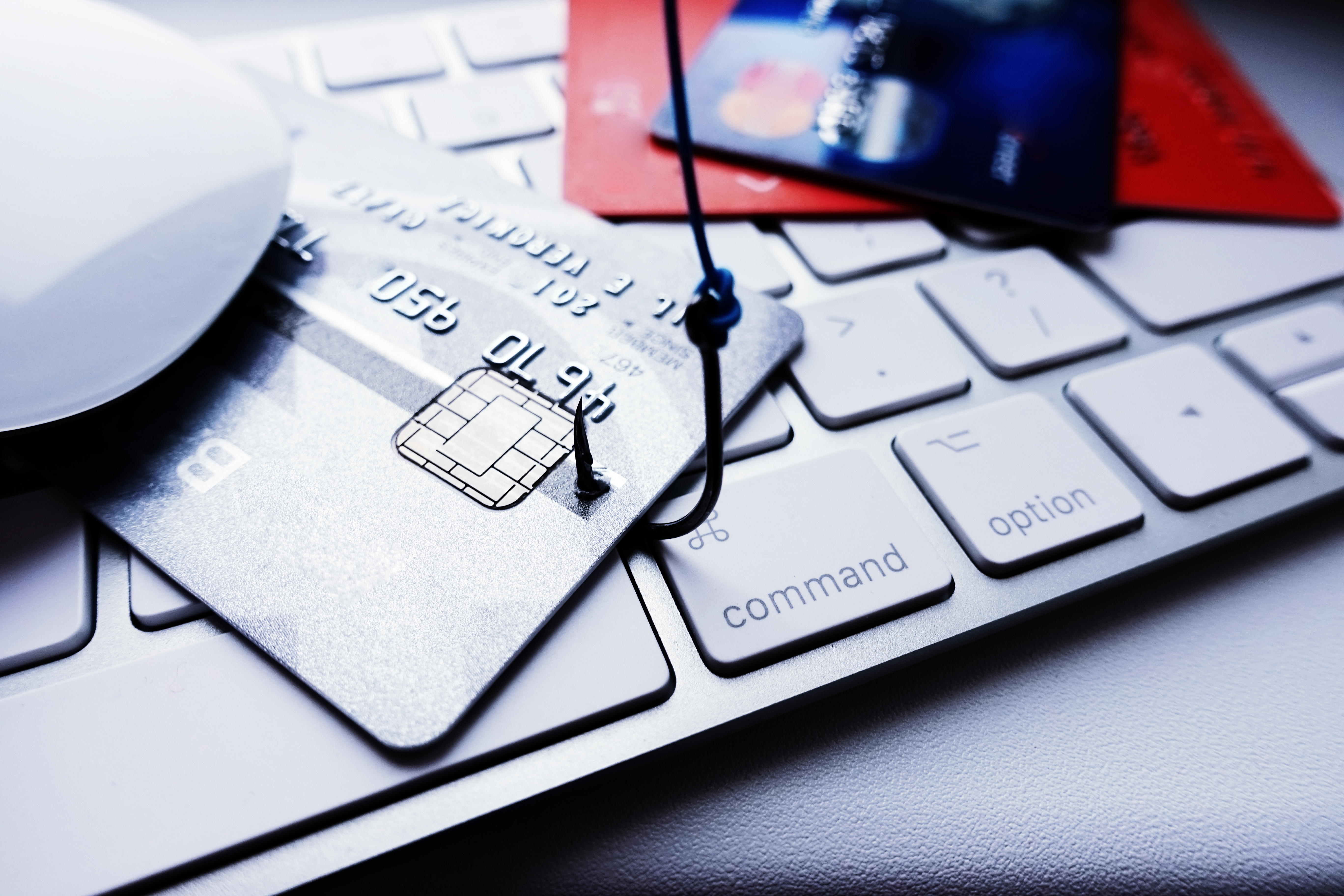FINANCIAL ADVICE | fraud protection
How to Spot & Avoid Phishing Scams
Published February 7, 2019

Key Takeaways
- Con artists might send millions of fraudulent email messages.
- Install an anti-phishing toolbar.
- Never give out personal information.
You're on a lake or by a stream, casting your rod and waiting for a bite - that's fishing and it's a relaxing pastime. Phishing, on the other hand is a type of deception designed to steal your personal data such as credit card numbers, passwords, or account data. And it can ruin your day or put a black cloud over you for several weeks or even months.
Con artists might send millions of fraudulent email messages that appear to come from websites you trust, like your email provider, bank, or credit card company, requesting that you provide personal information.
So how do you avoid becoming hooked by a phishing scam? Here are several helpful tips.
- Keep up-to-date on phishing techniques - new phishing scams are developed all the time. That's why you need to be aware of the latest ones. Watch for news or articles on new phishing scams. Learning about them quickly could be the difference between you falling prey to them or dodging a bullet.
- Before you click, take a pause - it's okay to click on links you know on trusted sites. However, clicking on links that appear in random emails and instant messages, is not a wise move. Hover over links that you are unsure of before clicking. This will display the website where the link will take you. Do they lead where they're supposed to lead? Phishing emails claim to be from legitimate companies, and when you click the link, it may even link to a website that replicates the real one. Most phishing emails start with "Dear Customer"; so you should be alert when you come across them. When in doubt, go directly to the site you trust rather than clicking a potentially dangerous link.
- Install an anti-phishing toolbar - most internet browsers can be customized with anti-phishing toolbars. These free toolbars run quick checks on the sites you visit and compare them to known phishing sites. If you land upon a malicious site, the toolbar will alert you.
- Verify a site's security - always be wary about supplying sensitive financial information online. If the site is secure, you should be okay. To be sure, before you submit any information, make sure the site's URL begins with "https,"; and there should be a closed lock icon near the address bar. You should also check for the site's security certificate as well. If you get a message saying that the website contains malicious files, do not open the website. Also, never download files from suspicious emails or websites.
- Check your online accounts regularly - if you haven't visited an online account in a while, someone could be messing with it. Even if you don't have a reason to visit, check with each of your online accounts on a regular basis. Make it a habit of changing your passwords regularly too. Get monthly statements for your financial accounts and check each entry carefully to ensure no fraudulent transactions have been made.
- Use firewalls - these act as buffers between you, your computer, and outside intruders. You should use two different kinds: a desktop firewall and a network firewall. The first is software and the second hardware. Used together, they can reduce the odds of hackers and phishers attacking your computer.
- Be suspicious of pop-ups - pop-up windows often mimic legitimate components of websites. Quite often these are phishing attempts. Most browsers allow you to block pop-ups. If one does get through, don't click on the "cancel"; button as this may lead to the phishing site. Use the small "x"; in the upper corner of the window instead.
- Never give out personal information - generally speaking, you should never share personal or financially sensitive information over the internet. When in doubt, go visit the main website of the company, get their phone number, and call them. Most phishing emails will direct you to pages where they ask you to enter financial or personal information. Never share confidential information through the links provided in the emails.
- Also, never send an email with sensitive information to anyone. Email is not secure. The information you send may be intercepted by someone other than the intended recipient.
- Use antivirus software - make sure you use a current version because new scams are being created all the time. Anti-spyware and firewall setting should be used to prevent phishing attacks, and you should update them regularly. Firewall protection prevents access to malicious files while antivirus software scans every file coming through the internet to your computer.
If you take these precautions, you can surf the internet without fear of phishing scams. Remember, there is no fool-proof way to completely block these attacks, so you need to be on your guard.
